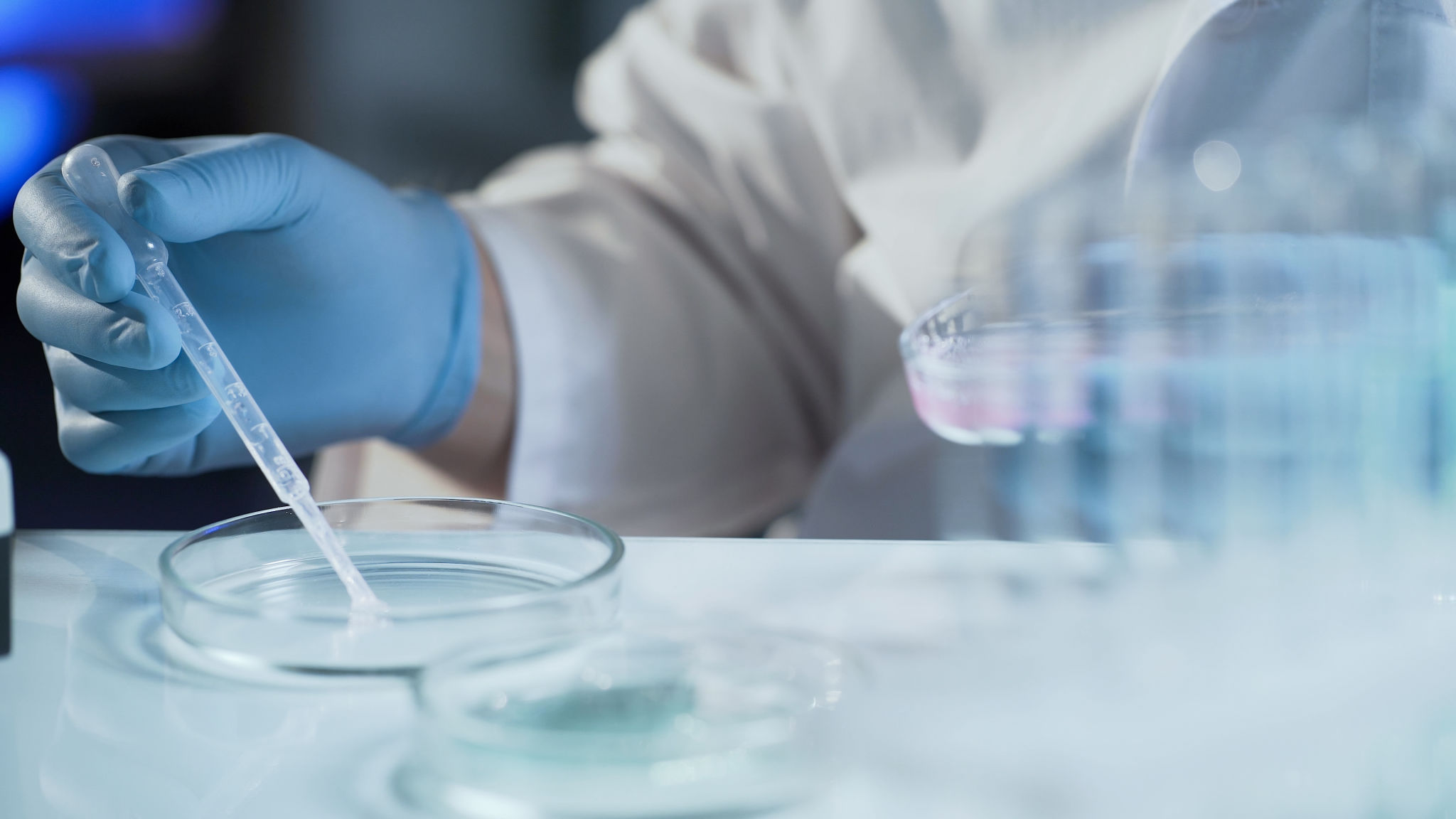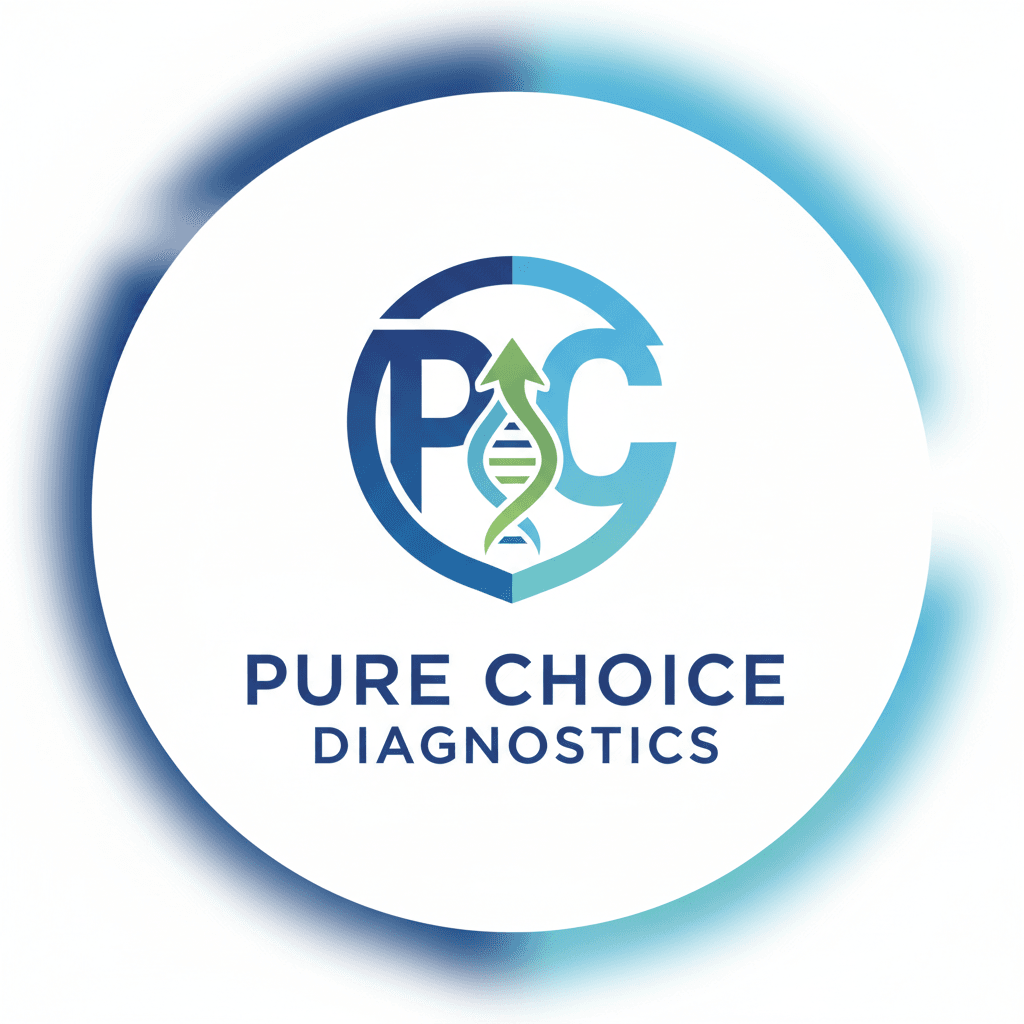Understanding Non-Invasive Paternity Testing: Benefits and Process
Introduction to Non-Invasive Paternity Testing
Non-invasive paternity testing has emerged as a reliable and safe alternative for confirming biological parentage. Unlike traditional methods, which can pose risks to both mother and child, non-invasive tests offer a safer, stress-free solution. Understanding the benefits and the process of this testing method can help you make informed decisions if you find yourself in need of paternity confirmation.

What is Non-Invasive Paternity Testing?
Non-invasive paternity testing is a method that involves analyzing fetal DNA, which circulates in the maternal bloodstream during pregnancy. This test typically requires a simple blood sample from the mother and a buccal swab from the alleged father. The fetal DNA is isolated from the mother's blood sample, allowing for a DNA comparison with the alleged father's sample.
How Does It Work?
The process begins with a blood draw from the pregnant mother, usually after the eighth week of pregnancy. At this stage, enough fetal DNA is present in her bloodstream for effective analysis. The laboratory then isolates this fetal DNA and compares it with the DNA from the alleged father. The results are typically accurate, with a reliability rate exceeding 99%.
Benefits of Non-Invasive Paternity Testing
There are several advantages to choosing non-invasive paternity testing over traditional methods:
- Safety: This method poses no risk to the fetus or mother since it does not involve any invasive procedures.
- Accuracy: With advanced DNA technology, results are highly accurate, providing peace of mind.
- Early Testing: Testing can be performed as early as eight weeks into the pregnancy.
- Convenience: The procedure is simple and only requires a blood sample from the mother and a swab from the father.

The Testing Process: Step by Step
The process is straightforward and typically involves the following steps:
- Consultation: Discuss your needs with a healthcare provider or genetic counselor to ensure non-invasive testing is appropriate for your situation.
- Sample Collection: A qualified technician collects a blood sample from the mother and a cheek swab from the alleged father.
- Laboratory Analysis: The samples are sent to a laboratory where fetal DNA is extracted and compared with the father's DNA.
- Results: Typically available within a few weeks, the results are securely delivered to you.
Understanding Test Results
The results of a non-invasive paternity test are usually straightforward. If the DNA sequences from the child's sample match half of the alleged father's DNA, he is confirmed as the biological father with over 99% certainty. If there is no match, he is excluded as the biological father.

Considerations and Next Steps
Before proceeding with non-invasive paternity testing, it is essential to consider any ethical, legal, or personal implications. Consulting with a healthcare provider or legal advisor may help in understanding these aspects fully. Additionally, if you receive unexpected results, professional counseling services can offer support and guidance.
Conclusion
Non-invasive paternity testing offers a safe, accurate, and convenient option for those seeking confirmation of biological parentage during pregnancy. By understanding its benefits and processes, individuals can make informed decisions tailored to their unique situations. As technology advances, these tests will likely become even more accessible and widely used, providing critical answers with minimal risk.
